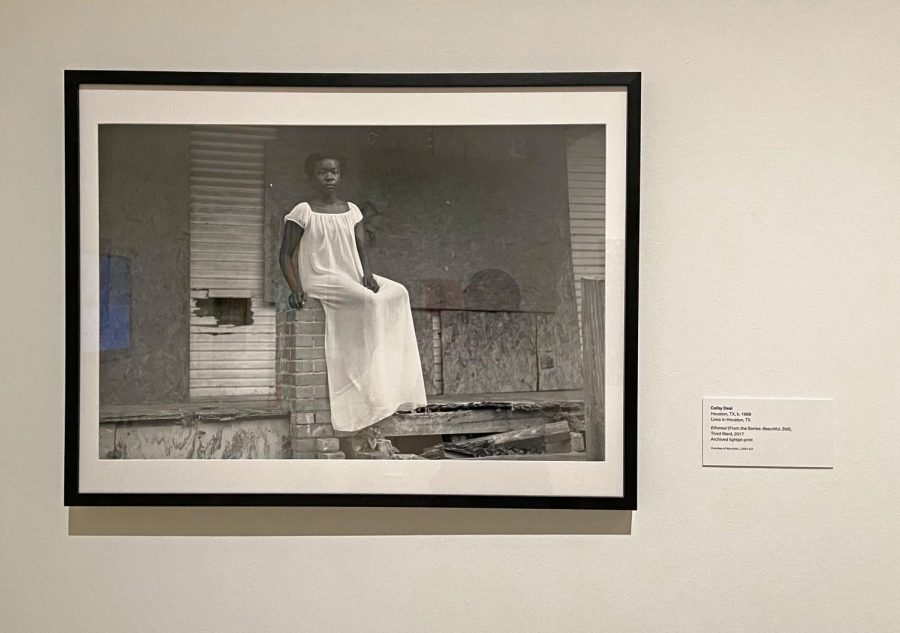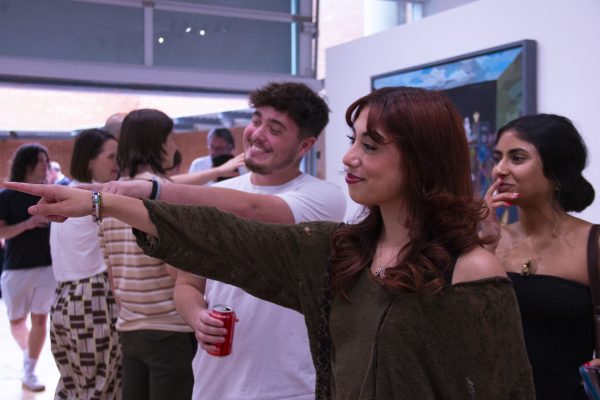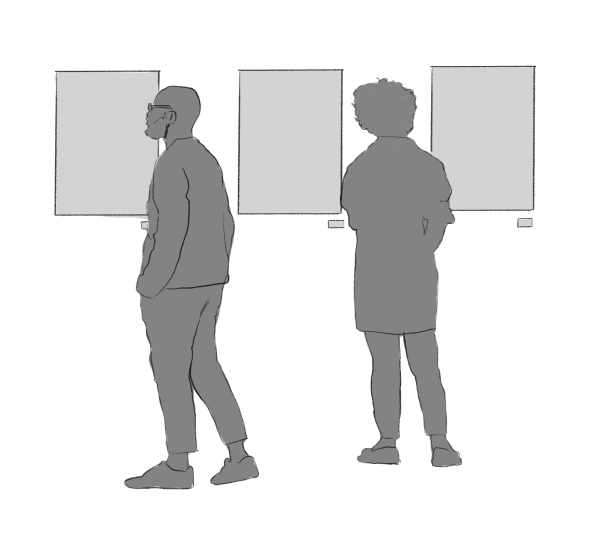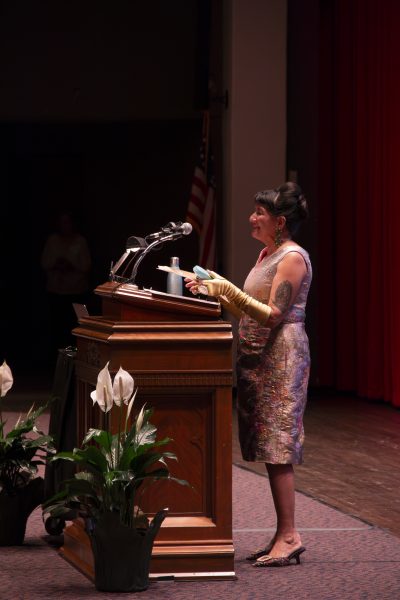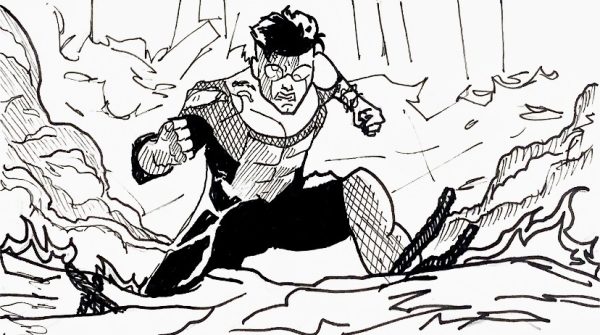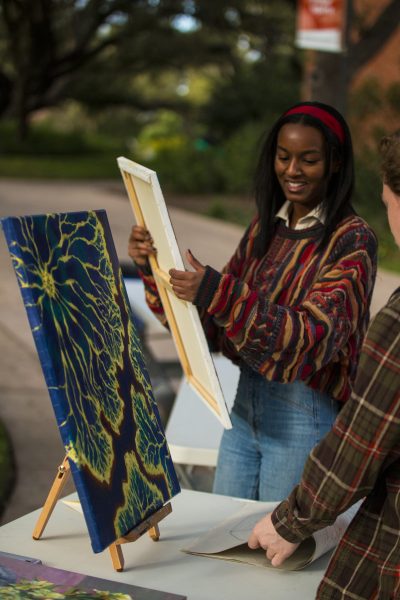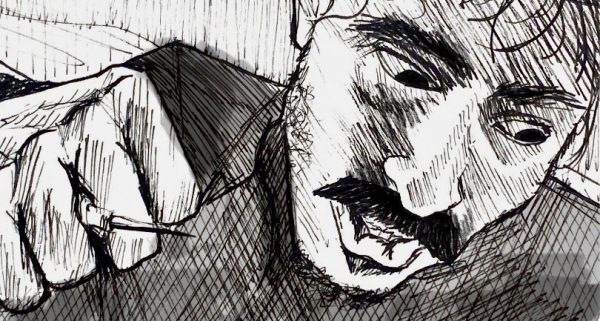2021 Texas Art Biennial on view at five museums across the state
Exhibition combines contemporary artworks from Texas-based and non-Texas-based artists
The 2021 Texas Art Biennial, titled A New Landscape, A Possible Horizon, puts some of the latest, most innovative contemporary art on view at five art galleries and museums across San Antonio and Houston until Jan. 31, 2022. The participating art organizations are Artpace, The San Antonio Museum of Art, Ruby City, the McNay Art Museum and Fotofest. This year will be the seventh iteration of the Texas Biennial, as it was started in 2005 by an Austin nonprofit organization called Big Medium.
The curators and artistic directors of this year’s Texas Biennial are Ryan N. Dennis and Evan Garza. Dennis is the chief curator and artistic director of the Center for Art & Public Exchange (CAPE) at the Mississippi Museum of Art and Garza is a Washington, D.C.-based curator, writer and 2021-2022 Fulbright Scholar at the Irish Museum of Modern Art in Dublin, Ireland.
Traditionally, an art biennial is a large international exhibition held every two years, and this year’s Texas Biennial includes works from over 50 artists, the majority of whom are Texas-based artists, with artists from all over the world included as well. For the first time in the Texas Biennial’s history, the curators expanded the show to include what they term “Texpats,” artists living outside of Texas but who have deep personal and cultural connections with Texas. The artists termed “Texpats” are included because themes in their work resonate with Texas history.
For those in San Antonio wanting to see the Biennial, Artpace and Ruby City are a good bet because they are both always free and open to the public; just make sure to check their daily hours. The San Antonio Museum of Art is free for Trinity students with student IDs, and the McNay is just a short drive from campus.
I saw part of the Biennial at the exhibition at the San Antonio Museum of Art. The wall label there contextualized the Biennial perfectly when it said that A New Landscape, A Possible Horizon is the product of radical transformations in collective action and awareness catalyzed by the global pandemic and worldwide demonstrations in defense of Black, transgender and Asian American and Pacific Islander lives. Additionally, the Biennial serves as an iterative and artist-driven source of agency and collective potential.
The artists whose works are on display at the San Antonio Museum of Art include Adrian Armstrong, Gregory Michael Carter, Colby Deal, Abhidnya Ghuge and more.
One of the works that I found to be most gripping was that of artist Tomashi Jackson. Jackson was born in Houston, Texas in 1980 and now lives and works in Cambridge, Mass. and New York. Jackson’s work on display at the San Antonio Museum of Art is a 13-minute, 12-second video collage titled Vibrating Boundaries (Law of the Land)(Self Portrait as Tatyana, Dajerria, & Sandra), created from video spanning between 1963 and 2015.
The video collage combines video and audio taken from police dashboard cameras as well as long cuts of video that Jackson himself took. The audio allows the viewer to step into the space of observing police brutality, as a large part of it is police dashboard camera audio from an incident where a traffic violation turned into an excessive and unwarranted use of force by a police officer. Once you put on the provided headphones and stand in front of the video collage, the work takes a hold of you for the full 13 minutes and 12 seconds.
It is important to experience this work by Tomashi Jackson as well as other works in the Texas Biennial Art exhibition; they present you with current events, ideas and issues in a new fashion that may provoke you to have different and deeper thoughts about the issues surrounding you.
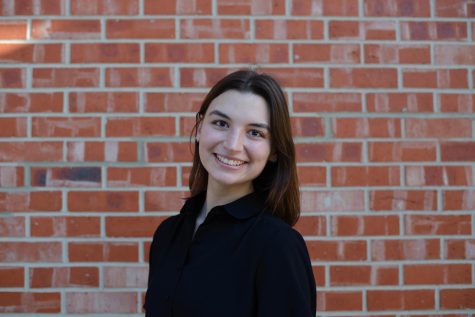
My name is Ashley Allen and I am a senior completing a BA in art history at Trinity University, with a minor in Medieval and renaissance Studies. I hope...
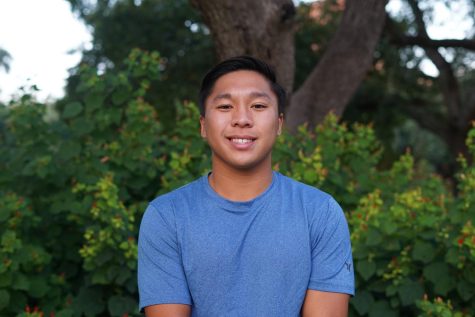
I am a senior photographer from Houston, Texas majoring in Biology on the pre-PA track. I love sports photography and just being able to capture a moment...

